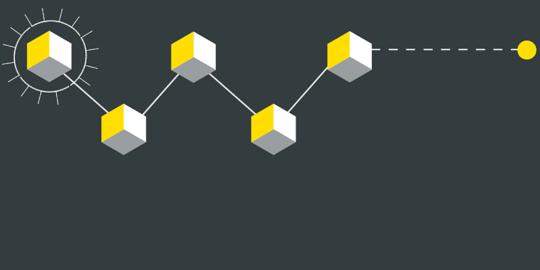Automatic connected systems will have to interact with each other, normally without any direct human involvement. This implies the use of automatic contracting systems capable of entering into valid contracts automatically.
We are considering not only the simple connectivity functions between different devices or wireless roaming and sharing of networks (which imply the regulatory collaboration and standardisation mentioned above) but a new form of intelligent interaction between increasingly independent systems that are able (to a certain extent) to think and adapt to different situations and conditions.
An automated transport system could adapt to road or traffic conditions and interact with infrastructure systems, the connection to which was not originally programmed at departure.
Automated logistic systems could takes decisions concerning early or delayed delivery, could be affected by insurance related claims or requests, could have to react in case of an accident and take quick decisions that could involve other systems or services.
As a result of these developments, we have to start thinking about the possibility that automatic systems will need to enter into contracts automatically, and this, lacking a specific convention or legislation, could probably be done only using standard contractual frameworks that have been pre-agreed between human parties.
At least the possibility of automatic contracting should be foreseen by a framework agreement, leaving the details and specific content of the agreement to automated systems, depending on the situation.
Civil and common law systems can certainly conceive preliminary agreements, or frame contractual structures that regulate the general terms of a relationship, leaving the government of the details to other documents.
However all legal systems consider a contractual relationship valid only if entered into by adult and capable human beings, and not machines. This is true today and until new legislation introduces the concept of “electronic personhood” or “machine individuality” to attribute some form of legal autonomy to intelligent machines or systems, possibly using legal concepts normally applied to companies or other similar non personal bodies and entities.
Read the rest of the series
- Part 1: Introduction
- Part 2: Data Protection
- Part 3: Regulatory implications and standards
- Part 4: Standard contracting and automatic contracting
- Part 5: New forms of liability
- Part 6: Cybersecurity
- Part 7: Conclusions
Follow us at @TwobirdsTech to keep up to date with the series and more legal insights from Bird & Bird.
Author: Roberto Camilli
Senior European Counsel
Italy
Tel: +39 02 30 35 60 00




